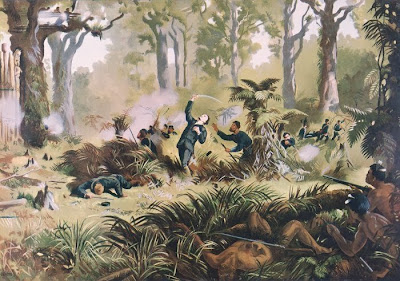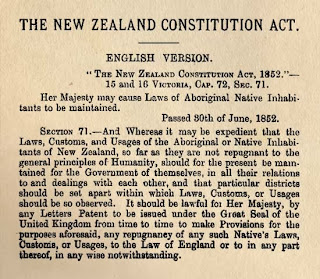Political Football: Maori and the Springboks to 1965

The rugby rivalry between New Zealand’s All Blacks and South Africa’s Springboks became part of each country’s sporting legend as a result of the Springbok tours of New Zealand in 1921, 1937 and 1956, and the All Black tours of South Africa in 1928 and 1949. The racism of white South Africans impacted on this sporting relationship, commencing with South African shock at having to play a Maori team in 1921. Their refusal to play the New Zealand Maori team on their 1937 tour prompted calls from Te Arawa and other iwi for a boycott. South Africa’s introduction of apartheid policies in 1948 resulted in the New Zealand Rugby Union agreeing to South African demands to exclude Maori players from All Black tours of South Africa. This led to huge protests against the 1960 All Black tour under the slogan ‘No Maoris, No Tour’. But despite a petition signed by 160,000 people, the government refused to intervene. South Africa offered to reclassify Maori players as ‘honorary whites’ for later tour...





